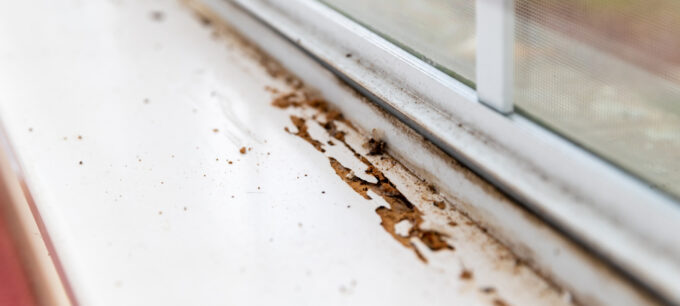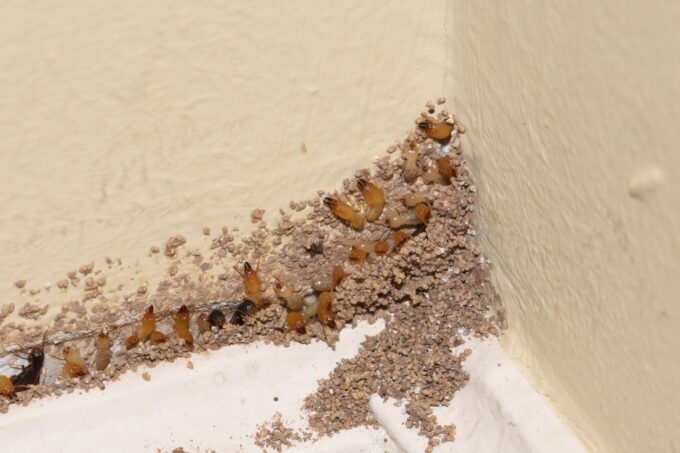Termite control is crucial for maintaining the structural integrity and value of your home.
Termites are known for their ability to cause extensive damage, often going unnoticed until it’s too late.
Step 1: Ignoring Early Signs

Source: windownation.com
One of the biggest mistakes homeowners make is ignoring the early signs of a termite infestation.
Misinterpreting these signs can lead to severe structural damage before the problem is identified. Swollen floors or ceilings, tight-fitting doors and windows, and clicking noises from walls are all indicators that termites may be present.
Termites consume wood from the inside out, leaving only a thin veneer of timber or paint. Therefore, by the time visible damage appears, the infestation is often extensive.
Early detection is crucial. If you notice any of these signs, it’s important to act quickly and seek professional help to prevent further damage.
Step 2: Delaying Professional Help
Many homeowners attempt to handle termite infestations on their own, often turning to common DIY methods.
While these methods, such as boric acid, vinegar and oil solutions, and cardboard traps, might offer temporary relief, they are generally not effective for long-term control.
Termite fumigation and other professional pest control business are essential for thorough and lasting results. Professionals have the expertise and access to treatments that are far more effective than DIY methods.
They can also identify the source of the infestation and implement strategies to prevent future outbreaks, ensuring your home remains termite-free.
Step 3: Using Ineffective Materials
Using the wrong materials in your home construction and maintenance can attract termites rather than repel them. It’s important to use termite-resistant materials, such as BWR-grade plywood and pressure-treated wood, which are less appealing to termites.
Termite-resistant materials can significantly reduce the likelihood of an infestation. On the other hand, using untreated or moisture-damaged wood increases the risk of attracting termites.
Moisture-damaged wood is particularly susceptible because it provides a suitable environment for termites to thrive. Ensuring that you use the right materials can help protect your home from these destructive pests.
Step 4: Failing to Control Moisture

Source: thepestrangers.com
Termites are attracted to moisture, and failing to control moisture levels in your home can create an ideal environment for them. Common sources of moisture include leaky pipes, poor drainage, and inadequate ventilation.
Addressing these issues promptly is essential. Fixing leaks as soon as they are detected, using dehumidifiers in damp areas, and maintaining proper drainage around your home can help keep moisture levels in check.
Proper moisture control not only prevents termite infestations but also helps maintain the overall health of your home. By reducing moisture, you make your home less inviting to termites and other pests.
Step 5: Poor Soil-to-Wood Contact Management
Termites can enter your home through direct contact with soil and wooden structures. When wood directly touches the ground, it provides a direct pathway for termites. To prevent this, it’s important to create barriers between soil and wood.
Using concrete bases for wooden structures and maintaining a clear space around your home’s foundation can help prevent termite entry.
Ensuring that there is no direct contact between soil and wood is a key step in termite prevention. Regular inspections and maintenance can help identify potential problem areas before they become serious issues.



